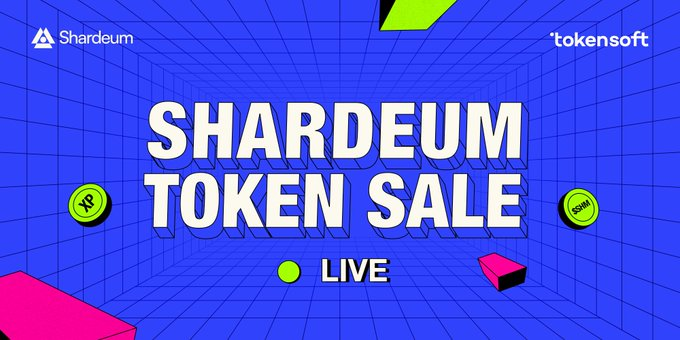Shardeum: A Rising Star in Layer1 Projects
As the demand for high-performance blockchains continues to grow, Shardeum stands out in 2025 with its innovative Dynamic State Sharding technology, making it one of the most anticipated Layer1 projects. Fully compatible with the Ethereum Virtual Machine (EVM), Shardeum not only promises to solve the trilemma of scalability, decentralization, and security but also builds a deflationary-driven economic model via its native token SHM.

Shardeum’s Technical Architecture: Dynamic Sharding and Auto-Scaling
Traditional sharding techniques (like Ethereum 2.0) usually use a fixed number of shards, which struggle to cope with fluctuating transaction volumes. Shardeum breaks through this limitation by dynamically adjusting shard sizes: when network load increases, the system splits shards; when load decreases, it merges them. This mechanism allows Shardeum’s throughput (TPS) to scale linearly with the number of nodes, with a theoretical peak of over 100,000 TPS, and each transaction maintaining a stable gas fee of approximately $0.001.
Additionally, Shardeum uses a block-less transaction model, treating each transaction as the smallest execution unit rather than batching them into blocks. This removes block capacity constraints. Combined with a hybrid consensus mechanism (PoS + PoQ), it reduces block time to under one second while maintaining decentralization (supporting home computer nodes). Currently, its testnet has attracted over 170,000 nodes, with 69 projects spanning DEXs, NFTs, and GameFi.
SHM Tokenomics: Deflationary Model and Core Utilities
SHM is Shardeum’s native token with a fixed total supply of 508 million. The allocation strategy prioritizes community governance: 51% is reserved for node rewards, while the team and foundation receive only 26%, both subject to vesting. Notably, all transaction fees are burned, and the validator slashing mechanism further enhances SHM’s long-term deflationary nature.
Core use cases of SHM include:
- Gas payments: Users consume SHM to execute transactions or deploy smart contracts.
- Staking and governance: Nodes must stake SHM to participate in network validation, and holders can vote on protocol upgrades.
- Ecosystem incentives: Through testnet airdrops and developer rewards to attract early adopters. For example, in the March 2025 pre-mainnet airdrop, 5.5 million SHM were distributed to 63,000 wallets, mostly rewarding testnet contributors.
Investors should pay attention to token unlock events in the second half of 2025, as team and sale tokens will gradually be released, potentially causing short-term market volatility. Keep an eye on whether SHM will be listed on major platforms like Binance or JuCoin.
Shardeum’s Competitive Edge and Future Challenges
Shardeum’s direct competitors include new chains like Aptos and Sui, but its technological differentiation is significant. Dynamic sharding resolves cross-shard communication latency, while EVM compatibility reduces developer migration costs. Its ecosystem has already incubated DEX project Swapped Finance, NFT platform Spriyo.xyz, and partnered with various Web3 payment protocols.
However, challenges remain:
- Mainnet risks: The large-scale deployment of dynamic sharding is yet unproven and may pose security risks.
- Cold start of the ecosystem: While testnet activity is strong, the mainnet needs to attract leading protocols to form network effects.
- Cross-chain interoperability: Shardeum is developing atomic composability across shards to enable seamless asset transfer with Ethereum, Solana, and others.
According to the roadmap, Shardeum will enable smart contract deployment and gradually implement DAO governance after its May 2025 mainnet launch. If its technical promises are fulfilled, Shardeum could shift the Layer1 race from high TPS competition to resilient architecture innovation, supporting high-frequency applications like SocialFi and real-time blockchain games.




